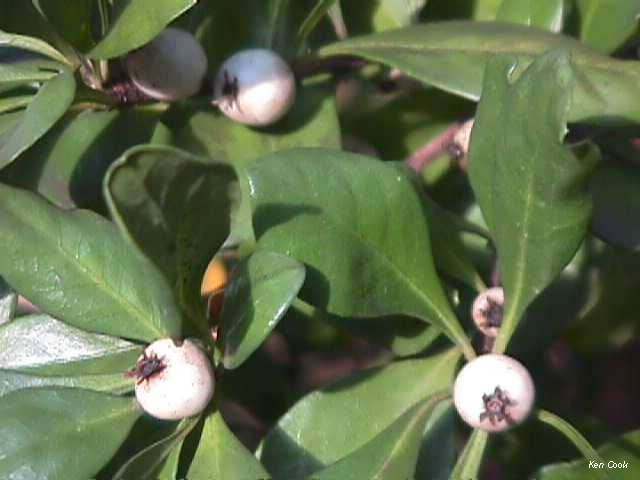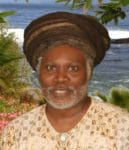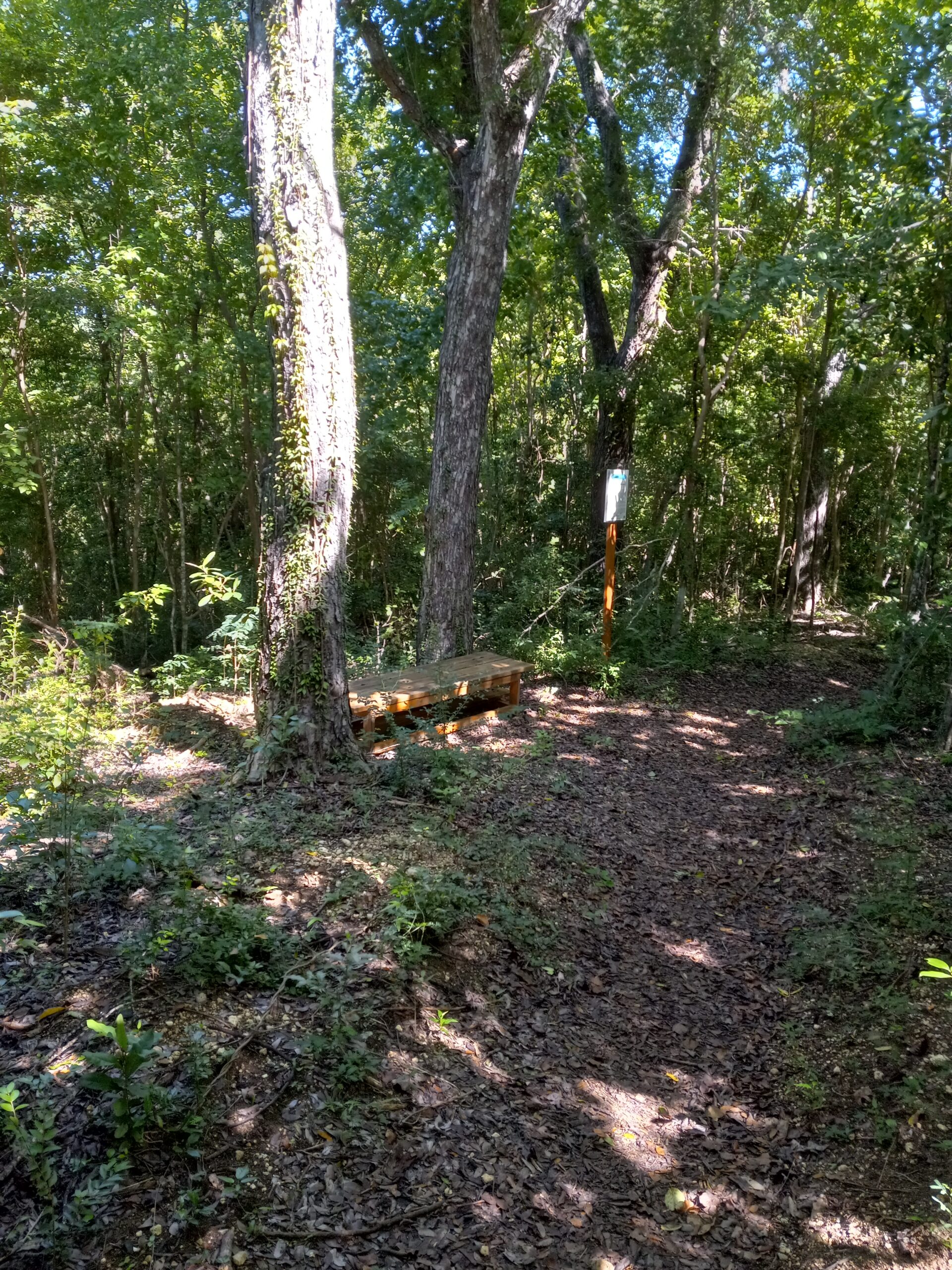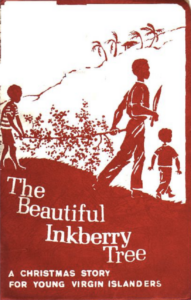
My beloved Virgin Islanders, it is the Christmas season. The celebration and practice of Christmas festival in these islands can be traced back to the colonial period of our cultural history. Several written historical documents by those who owned slaves, and abolitionists like Sylvester Hovey, who was against slavery in the Danish West Indies, mentioned the Christmas experiences of enslaved laborers. Hovey was an American professor of mathematics at Williams and Amherst Colleges. In 1835, he was sent to the Danish West Indies by American Union for the Relief and Improvement of the “Colored Race.”

In one of his reports, published under the title “Letters from the West Indies: Relating especially to the Danish Island of St. Croix and to the British Islands of Antigua, Barbados, and Jamaica,” he mentioned about Christmas on the island of St. Croix. “The Christmas holydays are the annual season of negro festivities. They are spent in feasting, visiting, and dancing. It is customary at this time, for slaves on different plantations, attired in their choicest dress, to go in a body to the house of their master, and to receive admission to his best apartments; where they set up the music of the banjo and commence dancing,” wrote Hovey.
It was also tradition for enslaved Africans in the Danish West Indies and up to the early American rule during the 1970s in the Virgin Islands for people to travel in the hills of the islands to harvest the best Inkberry tree they could find for Christmas. I remembered as a child my mother would have an Inkberry tree in our house, and we children would decorate the tree with homemade art and craft items.
When I asked my mother why we used the Inkberry as a Christmas tree, she would say my grandmother Carmelita Hodge (1900-2003), who was born during the Danish era, used the Inkberry tree as a Christmas tree. Later, I found out that my great-grandmother Catherine Jugensen (1855–1960), born on the island of St. John, also used the Inkberry tree as a Christmas tree.
From what I gathered from my grandparents and great-grandparents, the using of the Inkberry tree traced to slavery in the Danish West Indies. As of today, where presents are put under the Christmas tree, presents were put under the Inkberry tree during slavery in the Danish islands or just distributed to friends and family. Hovey stated, “This is the occasion, when presents are distributed among them of provisions, clothing, or even of money. The feelings of the slaves towards their master, through the year, depend very much on the treatment they receive at these times.”

The Inkberry (Randia aculeata L.) tree is native to the Virgin Islands. It is a spiny shrub or small semi-deciduous tree about 5 to 20 feet tall with a trunk about 3 inches in diameter. It has an erect axis and thin crown of many nearly horizontal spiny branches. Its bark is gray and smooth-ish, or slightly fissured. In the Virgin Islands, the tree is known by such common names as Crucian Christmas tree, Christmas tree, Fishing Rod, Inkberry, and Five-finger.
The leaves of the Inkberry tree are opposite or often clustered four together at the end of a short lateral twig, sometime almost stalkless or with short petioles to 1/8-inch long and 1/16 inch at the base. The flowers are white and very fragrant, appearing lateral along the twigs about 1/6-inch long. Whereas the fruit is a round berry about ¼ to ½ inch and at maturity turns white, containing several rounded seeds in blue or black pulp. A blue dye can be obtained from the berries, thus one of the common names is tintillo, or Inkberry. According to historical reports, the fruits of the Inkberry tree can be eaten and employed as medicinal remedies as well as the stem used as a fishing rod.

However, I would say the use of the Inkberry tree in the Virgin Islands as a Christmas tree has disappeared traditionally. Believe me, we have become so Americanized that we’ve lost the tradition of using the Inkberry as a Christmas tree. Many of us don’t realize that the Inkberry tree was also a story-telling tree during the Christmas season. I am talking native story-telling about our culture and the history of these islands. In 1969, the late Dr. Ruth Moolenaar, a native born, and my favorite fourth-grade teacher, wrote an Inkberry cultural story booklet of how it was traditional during the Christmas season in these Virgin Islands.
The title of the small booklet is “The Beautiful Inkberry Tree: A Christmas Story for Young Virgin Islanders.” It is a story that took place in Denmark Hill on the island of St. Thomas. Some of the characters in the story were Helen, cousin Audrey, and aunt Lean. The booklet was published “primarily to present to young Virgin Islanders another reminder of their heritage.” In the booklet, Dr. Moolenaar reminds us of our past as a typical Virgin Islands family shares preparations for the Christmas season.
Listen carefully to a child when she asked her mother about the Inkberry tree: “She ran into the yard to ask mother about the Christmas tree, but mother just couldn’t answer at the moment. She was too busy pushing the sweet breads around in the large Dutch oven with the broad wooden paddle. Mother smiled as she pulled one of the sweet breads out — it was done and my, my, how good it looked — a rich brown round cake with prunes, cherries, citron, and nuts peeping through the baked crust,” wrote Moolenaar.
The other line continues the story by saying, “Oh for a little taste! yearned Helen, but then she remembered mother had given her the bowl and the wooden spoon to taste the batter. Gee, but that did taste good.” I remembered as a child when my brothers, sisters, and I licked the cream or whatever it was out of the bowl when our mother finished with it. Oh, it was delicious. Nonetheless, the booklet was developed for both private and public school children in the Virgin Islands.
Believe me, Dr. Moolenaar was a treasure culturally to the people of these islands. Why not read the story of the Inkberry tree to our elementary school children and have a tree planted in all our yards in the Virgin Islands? Let us bring the inkberry tree back to our Christmas tradition in the Virgin Islands.
— Olasee Davis is a bush professor who lectures and writes about the culture, history, ecology and environment of the Virgin Islands when he is not leading hiking tours of the wild places and spaces of St. Croix and beyond.





